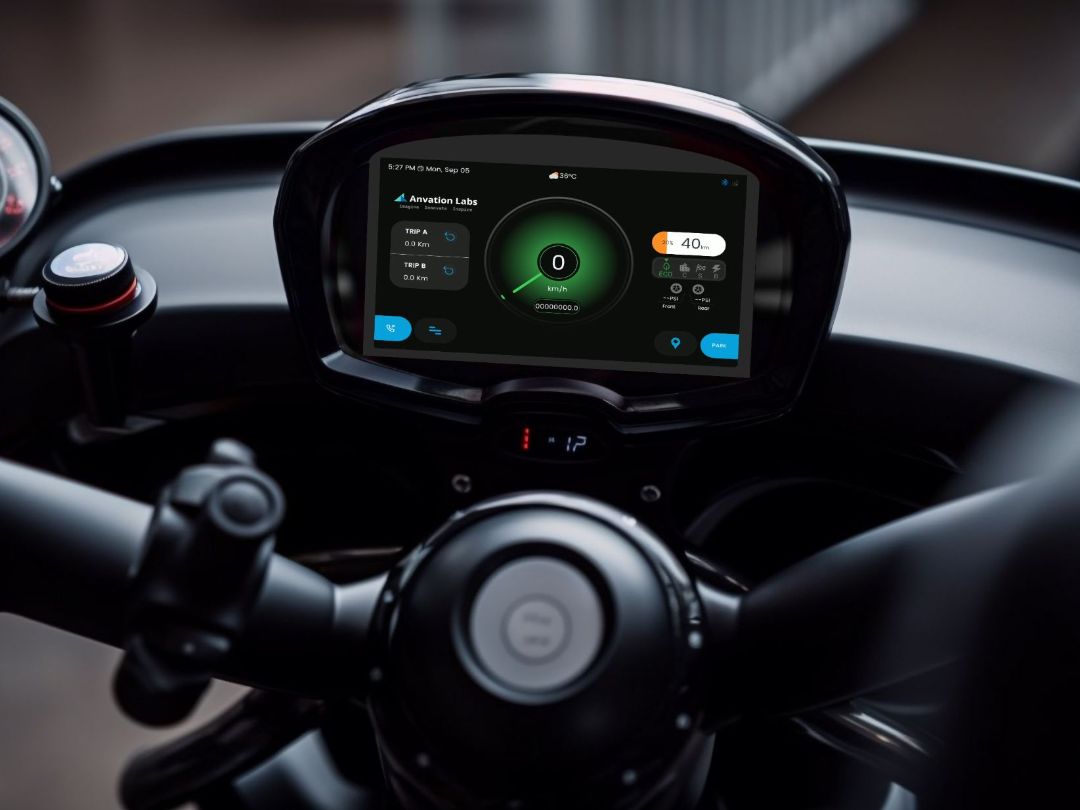From Analog to Digital: Transitioning to High-Tech Instrument Cluster Solutions
The Analog Era: A Nostalgic Reminder
Digital Instrument Clusters: A Technological Leap
The transition to digital clusters is driven by several factors:
- Technological Advancements: The rapid progress of display technology has made high-resolution screens more affordable and accessible. This accessibility has empowered automakers to adopt digital instrument clusters across various vehicle models and price points.
- Enhanced User Experience: Digital clusters redefine how drivers interact with their vehicles. Personalization options allow drivers to choose layouts, color schemes, and display configurations that resonate with their preferences. The result is a more engaging and user-friendly experience behind the wheel.
- Integration of Advanced Features: The digital nature of these clusters seamlessly integrates with modern vehicle systems. Advanced driver assistance systems (ADAS), navigation tools, entertainment options, and connectivity features can all be presented through the instrument cluster, enhancing driver awareness and convenience.
- Manufacturing Simplification: Unlike their analog counterparts with complex mechanical components, digital clusters consist of electronic parts. This shift reduces manufacturing complexity and streamlines integration with other vehicle systems.
The Benefits of Digital Instrument Clusters
- Tailored Customization: Drivers have the freedom to customize their instrument cluster's appearance to match their preferences. From choosing different themes to rearranging widgets, digital clusters offer a level of personalization previously unattainable.
- Accessible Information: Vital information, such as navigation instructions, collision alerts, and fuel efficiency data, can be presented prominently in the driver's line of sight, enhancing safety and reducing the need to take eyes off the road.
- Real-time Updates: With digital clusters, real-time updates on weather conditions, traffic congestion, and road closures can be seamlessly integrated into the display, aiding in informed decision-making during journeys.
- Environmental Considerations: The shift to digital clusters reduces the need for physical materials, contributing to a more sustainable manufacturing process.
Challenges and Considerations
- Cost Implications: Implementing high-quality digital displays can increase production costs, potentially influencing vehicle pricing and accessibility for consumers.
- Driver Distraction: Elaborate digital displays, if not designed thoughtfully, can lead to driver distraction. Designing interfaces that prioritize safety and minimize cognitive load is paramount.
- Usability and User Interface: Ensuring that the user interface is intuitive and user-friendly is crucial for enhancing the overall driving experience.
- Maintenance and Repairs: Unlike mechanical analog gauges, digital displays can be susceptible to technical issues. Manufacturers need to address concerns related to maintenance and repair costs.
The Road Ahead: A Glimpse into the Future
Meet the next generation of Smart Digital Instrument Clusters - The RIDOT series

Ridot K4C

Ridot K5R

Ridot K7R
To our esteemed B2B customers, who are at the forefront of vehicle manufacturing, this transition presents a unique chance to differentiate your offerings in the market. By incorporating high-tech digital instrument cluster solutions, you're not only meeting the demands of today's tech-savvy consumers but also setting the stage for the vehicles of the future. Imagine vehicles that prioritize driver safety with real-time updates, adaptive displays, and intuitive interfaces that minimize distractions. Envision cars that effortlessly connect to drivers' digital lives, seamlessly integrating navigation, entertainment, and essential vehicle data. This transition is more than just a technological upgrade; it's an opportunity to redefine the driving experience for your customers.
As a B2B partner, embracing digital instrument clusters opens doors to collaboration with cutting-edge technology providers, allowing you to offer vehicles that stand out in a competitive market. Your vehicles can boast sophisticated displays that showcase your commitment to innovation and driver-centric design. Furthermore, the integration of digital clusters aligns with the ongoing trend towards smart and connected vehicles, ensuring that you remain at the forefront of industry developments.
Join us in shaping the future of automotive design and user experience. Embrace the possibilities that digital instrument clusters offer and elevate your vehicles to new heights of sophistication, safety, and connectivity. Let's work together to create vehicles that captivate drivers, enhance their journeys, and leave a lasting impression on the road.
Contact us today to explore how our high-tech instrument cluster solutions can empower your vehicle manufacturing endeavors and position your brand as a pioneer in the automotive industry's digital transformation journey. Together, we can drive innovation forward and redefine what it means to get behind the wheel.
© 2023 Anvation Labs. All rights reserved.
 .
.